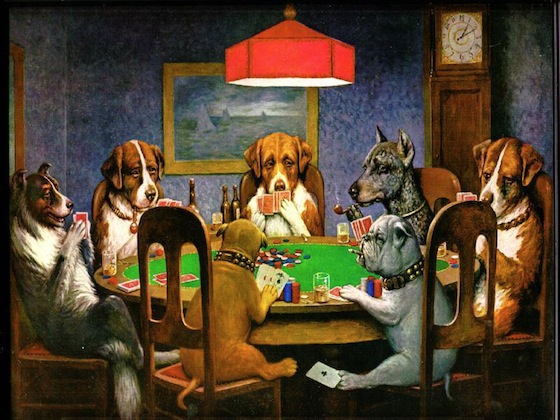If you’re not sure who the sucker is, it’s probably you. That old poker maxim can easily be applied to the game of advertising. For instance, could your ads be stacking the deck against you? There’s one way to find out.
Let’s say your ads don’t play out as expected. Was it the ad guy? Maybe. The product? Possibly. Most often, though, advertising failures are the result of weak offers; ones that push what you wish customers were thinking instead of speaking to what’s really in their head.Continue Reading

